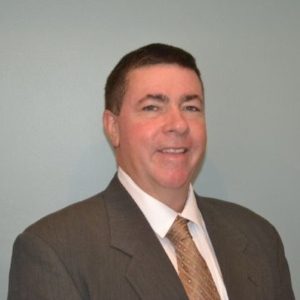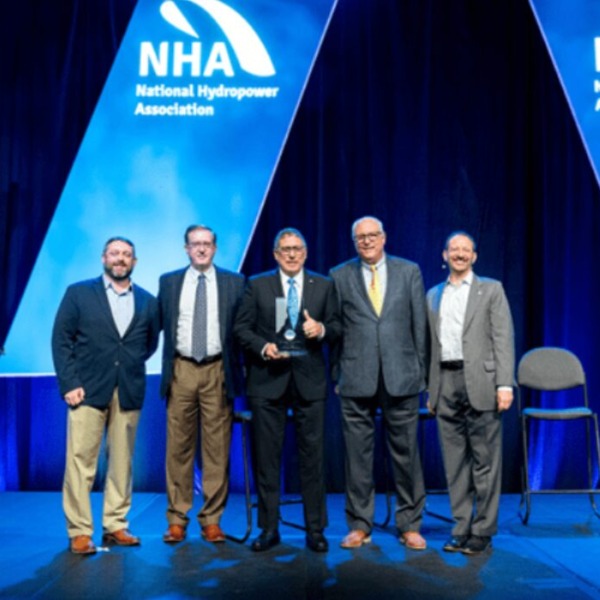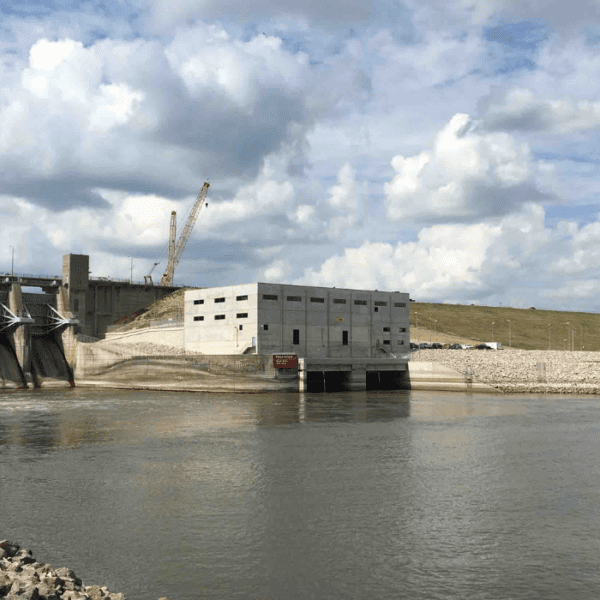In February of 2022, Constellation and Exelon Corporation completed their separation, forming two distinct companies – Exelon retained the utilities while Constellation launched with their own generation fleet. Constellation, who are the host utility for the upcoming Northeast Regional Meeting, which takes place from June 27-28, are headquartered in Baltimore City, where the meeting will occur, and Paul Weeks, the Vice President of Regional Operations, will be speaking during the event.

Paul Weeks, VP of Regional Operations, Constellation
National Hydropower Association’s POWERHOUSE conducted a Q&A with Constellation to learn more about their history, hydropower assets, and future developments.
POWERHOUSE: Could you explain and provide some background on Constellation? Could you speak to the creation of Constellation?
Constellation: We are the nation’s largest producer of carbon-free energy and the leading competitive retail supplier of power and energy products and services for homes and businesses across the United States. Headquartered in Baltimore, our generation fleet powers more than 20 million homes and is helping to accelerate the nation’s transition to clean energy with more than 32,400 megawatts of capacity and annual output that is 90% carbon-free.
PH: What happened with the hydro assets when Exelon and Constellation became separate companies?
C: When the company split in February, Exelon retained the utilities while Constellation launched with the entire generation fleet, including hydro, along with the competitive retail energy supplier business. While our name has changed, it’s still the same team of dedicated professionals who operate and maintain our hydro facilities with the same commitment to operational excellence and safety as before.
PH: Where do you see the value of your hydro assets? Do they work in tandem with Constellation’s nuclear facilities?
C: The Conowingo Dam maintains pond level for Peach Bottom Nuclear Station’s cooling water intakes, and there is also a direct electric transmission line connecting the two facilities. Constellation’s fleet of nuclear, hydro, wind and solar generation facilities provides 10% of all clean power on the grid in the U.S., which is vital to tackle the challenge of climate change. The Conowingo Dam provides 55% of Maryland’s renewable energy – more than all the solar, wind and other renewable sources in Maryland combined. It produces 1.6 million megawatt hours of electricity annually – enough to power more than 165,000 households for an entire year – and prevents 880,000 tons of greenhouse gas emissions. That’s the equivalent of taking 170,000 million cars off the road.
PH: As we look to the future, what kind of investments do you potentially see with your hydro assets? We’ve heard talk of a potential fish passage system at Conowingo, are there other investments planned?
C: As the Conowingo Dam will soon celebrate its centennial birthday in 2028, we continue to seek ways to enhance and strengthen our operations and environmental stewardship. FERC approved our 50-year license in 2021 that encapsulates major environmental investments:
- Up to $300 million from the settlement agreement with the United States Fish and Wildlife Service (relates to fish passage).
- $175 million from FERC’s Final Environmental Impact Statement recommendations for recreation facilities and rare, threatened, and endangered species.
- $25 million to construct, operate, and maintain a 40,000-square-foot mussel hatchery that will significantly increase the Susquehanna River’s mussel population.
PH: Is there anything else you’d like to communicate or share with NHA’s POWERHOUSE readership?
C: For almost a century, the Conowingo Dam has been able to trap upstream pollution from reaching the Chesapeake Bay and it continues to reduce the impact of those pollutants. This Spring, dam operators removed 310 20-yard dumpsters filled with debris from the Susquehanna River. Each dumpster can hold about four tons, that’s about 2,400 cars worth of debris that was kept out of the Chesapeake Bay, just in time for boating season.












